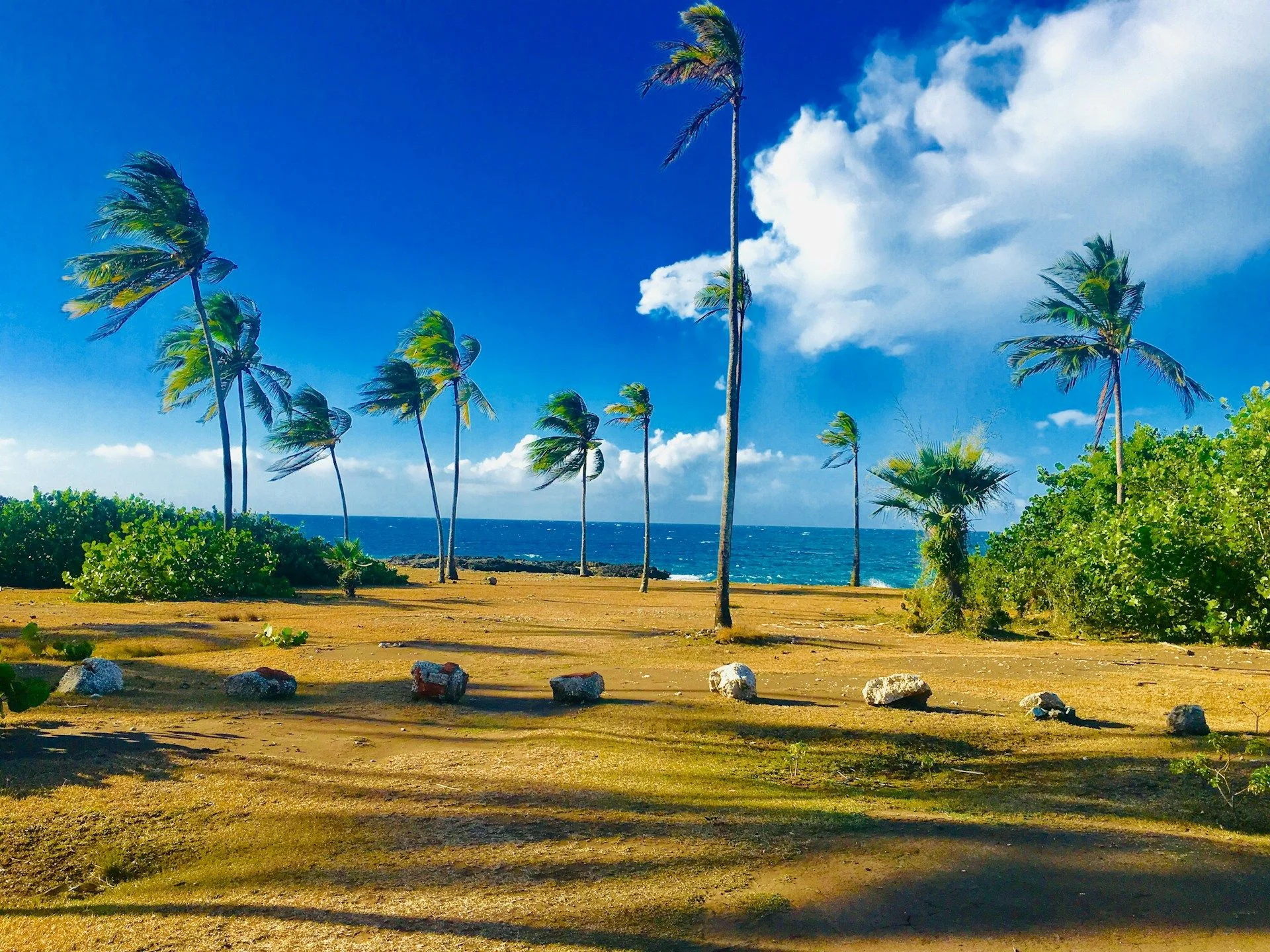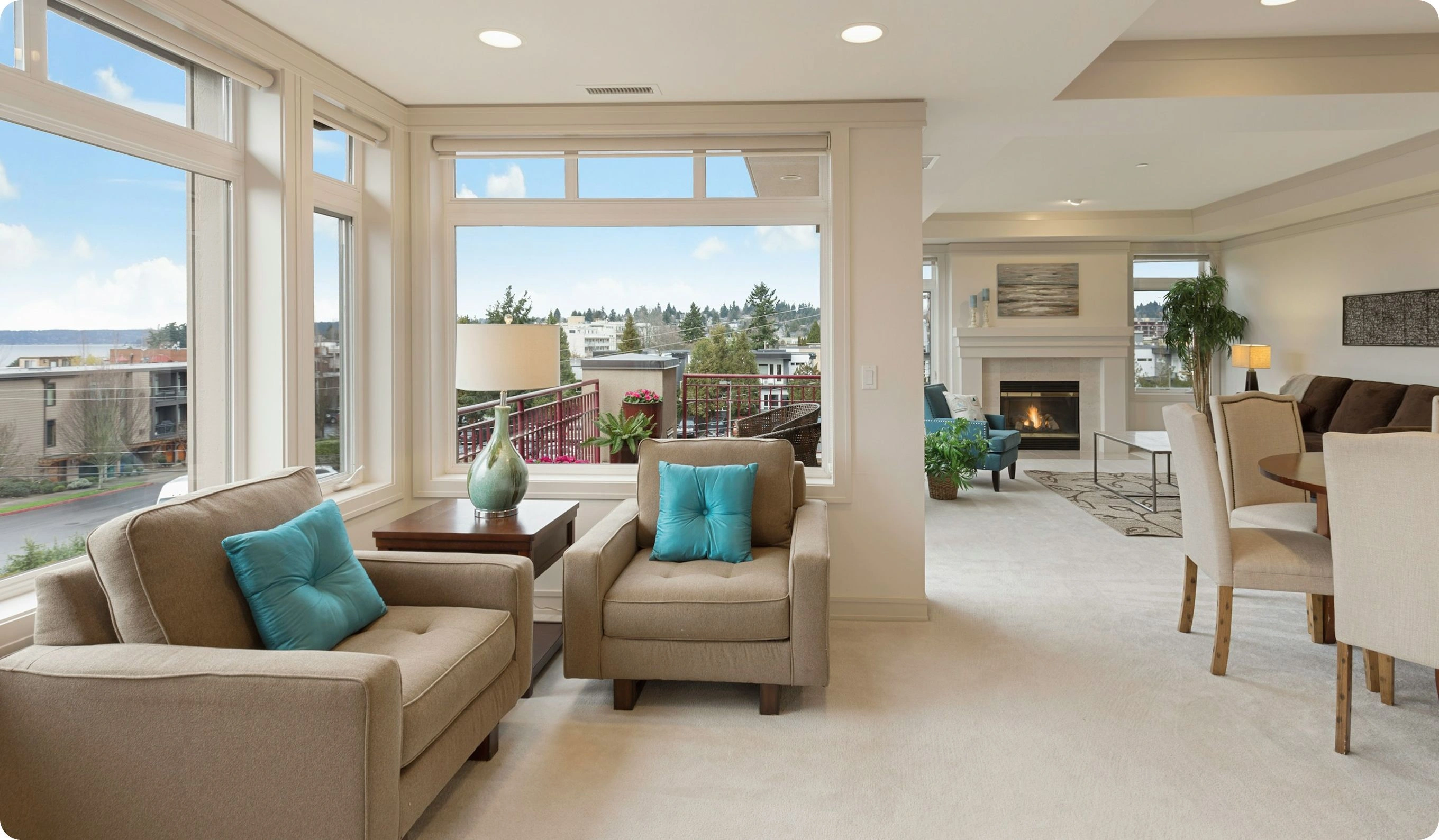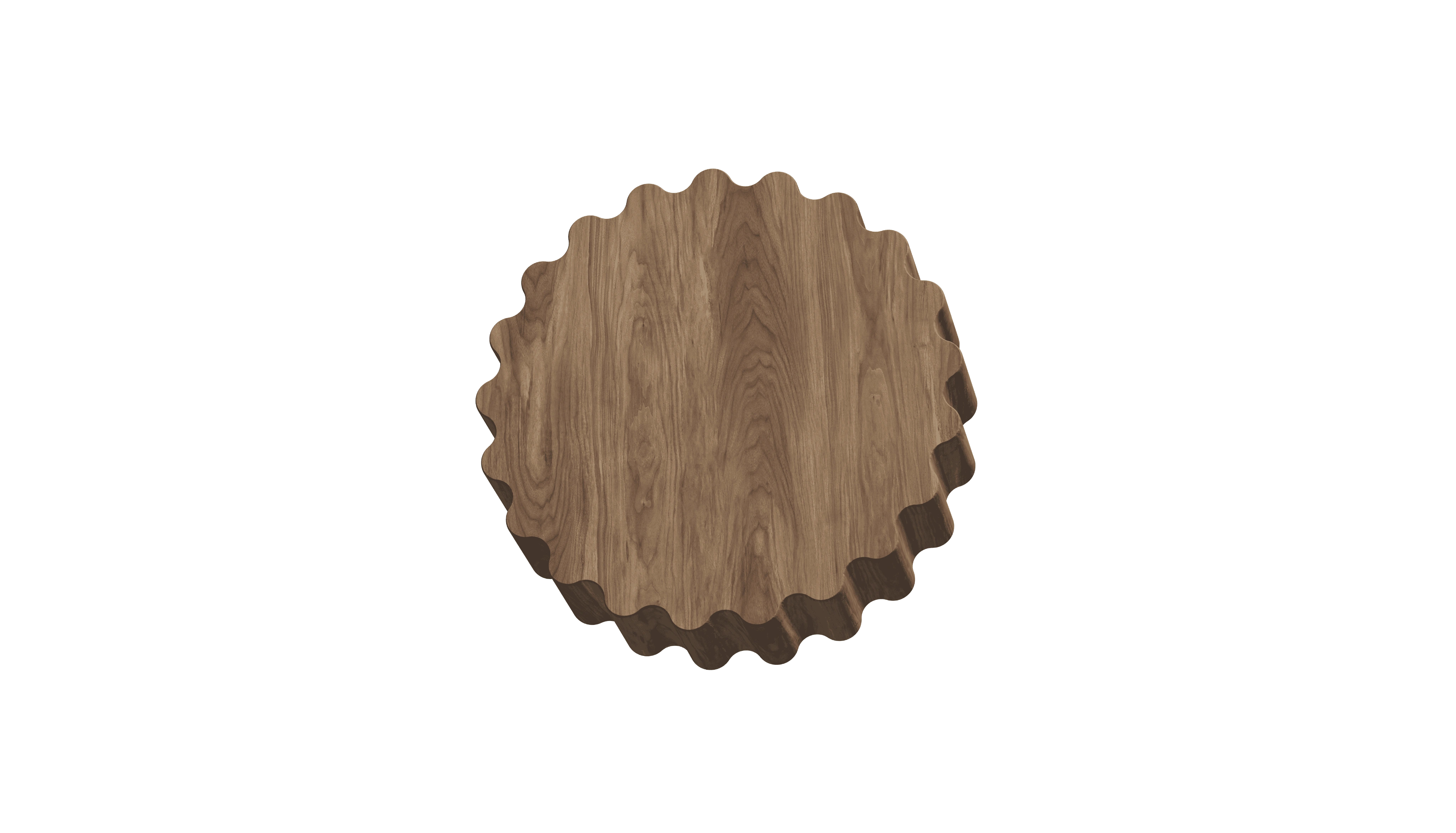Exclusive Secondary Real Estate Deals in HolguinPalm-lined streets betweenhills, schools and shops

Best offers
in Holguin
Benefits of investment in
Cuba real estate
Historic cities with international interest
Havana and other cultural hubs attract global travelers, creative industries, and investors in tourism infrastructure.
Tourism-driven property formats
Select zones support investment in hospitality-related developments and managed residences.
Ongoing modernization and new market segments
Urban upgrades and international cooperation bring fresh energy to the property landscape.
Historic cities with international interest
Havana and other cultural hubs attract global travelers, creative industries, and investors in tourism infrastructure.
Tourism-driven property formats
Select zones support investment in hospitality-related developments and managed residences.
Ongoing modernization and new market segments
Urban upgrades and international cooperation bring fresh energy to the property landscape.

Useful articles
and recommendations from experts
Why Secondary Real Estate in Holguín Holds Untapped Potential for International Buyers
Holguín—nicknamed “La Ciudad de los Parques” for its leafy plazas and panoramic hilltop lookouts—offers English-speaking investors a secondary real estate market rich in value and under-the-radar charm. Resale colonial-era apartments around Parque Martí, mid-century flats on Avenida Maceo, and modern villas within the gated hills of Altamira often trade 20–30% below comparable Havana prices. Foreign buyers benefit from turnkey occupancy, proven tenant demand among heritage-tourism guests, university faculty, and long-stay corporate teams, plus secure title transfers via Cuba’s Registro de la Propiedad. With straightforward all-cash transactions, closing costs hovering around 5%, and new regulations lifting ownership restrictions, Holguín’s resale sector blends coastal-city allure with solid investment returns.
Historic Quarters and Short-Stay Dynamics
Parque Calixto García anchors the heart of Holguín’s colonial core. Surrounding 19th-century mansions—often converted into multi-unit apartments—feature original hardwood floors, high ceilings, and wrought-iron balconies overlooking the central square. These resale flats yield 7–9% gross when leased to cultural-tourism guests during Carnival de Holguín and Fiesta de la Cultura Iberoamericana. Savvy buyers negotiate façade-restoration credits to restore decorative cornices and stained-glass transoms, unlocking nightly-rate premiums of 30–35% compared to standard casa-particular rooms.
Just east, the Parque La Marina neighborhood combines tree-lined avenues and Art Deco walk-ups. Resale apartments here trade at discounts to the state’s preferred restoration stock yet deliver stable 5–6% yields on annual leases to university lecturers at the University of Holguín and staff of the regional hospital. Interior upgrades—installing split-air conditioning, modern kitchens, and in-unit water heaters—can boost net rents by 15–20%, while proximity to the Malecón promenade sustains near-100% occupancy.
Suburban Havens and Long-Term Tenancy
To the north, the hillside district of Altamira offers gated-community villas and modern townhomes built in the 1990s. These resale homes—many featuring private gardens and panoramic bay views—yield 4–5% to expatriate families, NGO teams, and diplomatic staff at the nearby consular enclave. Buyers frequently negotiate renovation allowances for roof repairs and façade repainting, ensuring compliance with municipal aesthetic guidelines while commanding rent increases of 12–15%.
In Báguanos Road suburbs, mid-century single-family homes and low-rise apartment blocks trade at steep discounts relative to Havana’s outskirts yet yield 5–7% to long-stay medical professionals serving at the César Cuesta Díaz provincial clinic and educational personnel at the local pedagogical institutes. Enhancing outdoor living spaces with pergolas and al fresco dining patios can justify a further 10% rent premium.
Transaction Mechanics and Ownership Essentials
Under Cuba’s updated foreign-investment framework, non-residents acquire secondary real estate in Holguín via 100% all-cash payment in convertible currency through state-regulated escrow at Banco Financiero Internacional. Title transfers are recorded at the provincial Registro de la Propiedad, with combined notary, registry, and legal fees totaling approximately 5% of sale value. There are no ownership quotas or residency requirements; international purchasers simply present valid passports and comply with anti-money-laundering checks overseen by Cuban authorities.
Key considerations include:
- Due Diligence: Retain a Holguín-licensed abogado to verify clear title (certificado de gravámenes), confirm absence of hipotecas (liens), and ensure heritage-zone compliance with the Oficina del Historiador.
- Renovation Permits: Heritage-area restorations mandate oversight by state-approved restoration firms, offering subsidized technical services and ensuring adherence to UNESCO and municipal preservation standards.
- Rental Licensing: Short-stay operations require a casa particular license from the Ministerio de Turismo, with annual safety inspections and fixed nominal fees.
Since mortgages are unavailable to foreigners, buyers plan capital improvements through escrow-backed disbursements contingent upon certified completion of renovation milestones conducted by state-accredited contractors.
Holguín’s improving transport infrastructure further strengthens its secondary-market case. The refurbished Rafael Freyre Airport, now accommodating regional charters, has doubled annual arrivals, fueling short-stay demand. Expanded intercity bus services on the Carretera Central cut travel times to Santiago de Cuba and Bayamo, while plans for a heritage-tram feasibility study along Avenida Maceo are projected to boost resale premiums by 5–7% for properties within 300 meters of envisioned stops.
Tenant demand remains diverse: cruise-ship workers docking at Puerto de Gibara, academic visitors to the local conservatory, and cultural delegations attending the annual Holguín Jazz Festival. Seasonal spikes during religious pilgrimages to the Basilica of El Cobre sustain occupancy rates above 80% for serviced-resale apartments. Professional property managers in Holguín handle guest services, routine maintenance, and financial reporting under Cuban regulations, enabling overseas owners to enjoy largely passive rental income.
Emerging micro-niches include converting smaller flats in La Periquera—the city’s historic artisan quarter—into art-residency suites commanding blended yields of 8–10%, and targeting hillside villas near Mirador de La Cruz for boutique wellness retreats. By aligning acquisitions with festival calendars, leveraging Cuba’s secure registry system, and embracing Holguín’s unique cultural-heritage landscape, global investors can secure both authentic Caribbean-colonial living experiences and enduring returns in this storied city.
